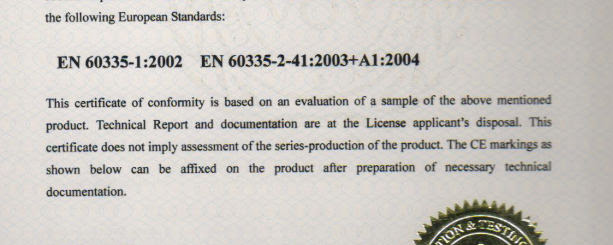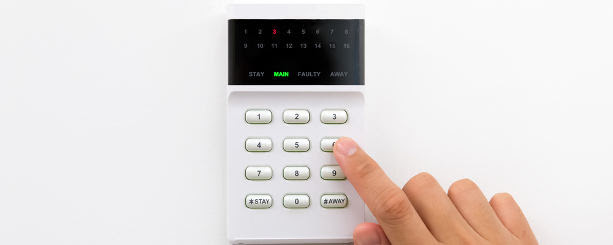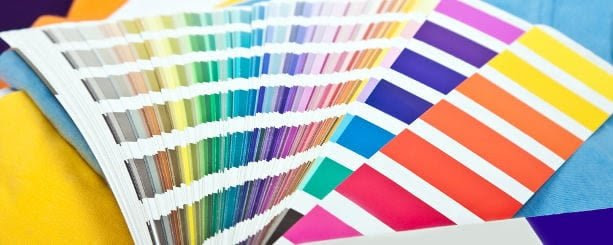You are reading ChinaImportal's Newsletter!
The Chinese New Year of 2016 starts on February 8th. While this is a major event that is still largely unknown outside of Asia, importers are (often painfully) aware of this season. They certainly have good reasons. The Chinese New Year shuts down every single production facility in the entire country, for varying time frames. In a worst case, and rather likely, scenario – the Chinese New Year can result in severe delays.
This time is especially risky for products that are due for shipment in the spring and summer season. Think swimwear and outdoor furniture. If you fail to implement the proper preparations, the Chinese New Year may result in heavy losses for your import business. How to do that, is exactly what I’ll explain in this article.
1. No New Orders Accepted. Mass Production and Sample Development is Halted 1 to 2 Weeks Before the Chinese New Years Eve.
While the Chinese New Year Eve is set on February 8th, 2016, all suppliers start to wind down operations one to two weeks in advance. As such, the CNY puts a halt to mass production far earlier than many buyers anticipate. This is not always in your suppliers direct control. One component and materials subcontractor closing doors a few days earlier can essentially result in an unexpected, and early, shutdown of the supply chain. This partly explains why different companies close their doors on different dates. Get a confirmation on their schedule well in advance to prevent delayed orders.
However, administrative functions tend to be operational a week or two longer, than the production lines. As such, you can, at least, save some of the runways on sample development and contract negotiations, that may take place at this time.
2. Production is Halted for At Least Two Weeks After the Chinese New Year Eve
While the official holiday is only lasting for roughly 5 working days, plus two weekends, most workers remain in their home provinces for an extra week or two. This explains why most suppliers are not back in business until two, sometimes even three, weeks after the Chinese New Years Eve.
You will have a hard time reaching any representatives, including the sales people, on CNY eve and the following days. However, they will most likely be available to handle administrative tasks within 5 to 7 days. Don’t hesitate to contact them at this time frame.
3. Getting Operations Back to Normal Takes Time.
Eventually, everything gets back to normal. Hopefully. The truth is that many manufacturers struggle to get back to a normal mode of operations in the weeks after the Chinese New Year. The primary reason for this being workers who simply don’t return to their former employers, without any prior announcement. Depending on the number of workers departing in secret, it can cause severe disruptions across the supply chain.
Finding, and training, a new batch of workers provides new challenges of its own. Skilled workers are, to a certain degree, replaced by rookies. This is one, of two reasons, why the risk of quality issues is at its peak right after the end of the Chinese New Year. Every trade takes its own time to master. This is just one, of many reasons, why you should never relax your quality assurance and inspection procedures.
The other reason for an increase in Post-CNY quality issues, as hinted above, is the large number of orders a (moderately successful) supplier, and its subcontractors have stacked up. This may include a backlog of orders from early December and onward, depending on the production time needed. This is stretching the suppliers’ capabilities to its maximum.
Plenty of suppliers, even those who are not so busy, just use the general Post-CNY stress as an excuse for being slow and providing poor service. That’s worth mentioning too.
How to Avoid Severe Delays Due to the Chinese New Year
Now that you are aware of the somewhat complex dynamics of the Chinese New Year, and how it may affect your business, it’s about time to explain how you can prevent related delays and quality issues.
a. Place your orders in time: Ensure that production starts in late November, at latest. That assumes an average production time of 30 to 40 days. If longer, you must start counting backwards. Counting on tight schedules is never wise, so make sure that you confirm when your supplier halts production and accept new orders. Try to have a minimum 2 week buffer between the end date of the production, and the date they close.
b. Avoid placing last minute orders in January: Remember what I mentioned about the risk of quality issues Post-CNY? The same applies to the January rush, leading up to the CNY. Never place orders at this time, as the goods will most likely not ship on time while the risk of quality issues increase.
c. Keep things moving forward, to the extent possible: While production halts relatively early, sales, engineering and administrative departments are more flexible. Hence, you can move forward with due diligence, price research, sample orders and negotiations as usual.
d. Don’t make deposit payments prior to the Chinese New Year: Some suppliers never open again. If they do intend to shut down, they’ll most likely do so at the time of the CNY.
CNY 2016 Timeline
- November: Confirm when your supplier is closing and reopening for the CNY
- December 10th: Last day to place an order before the CNY
- January 20th: Some suppliers and subcontractors stop production, causing disruption in the supply chain
- February 1st: Most workers have already left the factories. Sales reps, engineers and management may still be around for a couple of days more.
- February 5th: All personnel has left the factory
- February 8th: Chinese New Years Eve
- February 15th: Employees, mostly white collar workers, start to come back. Some may have extended holidays.
- February 22nd: Most employees, including assembly line workers, are back in the factories.
- March 7th: Operations are getting back to normal after the Post-CNY disruption.
CNY Dates
Unlike the Gregorian New Year’s Eve, which occur on the same date every year, the Chinese New Year begins and ends and various dates in the calendar. The earliest possible date is January 21 and the latest possible date is February 20. Below follows a list list the CNY dates for the coming ten years:
- 2016: February 8
- 2017: January 28
- 2018: February 16
- 2019: February 5
- 2020: January 25
- 2021: February 12
- 2022: February 1
- 2023: January 22
- 2024: February 10
- 2025: January 29
- 2026: February 17
- 2027: February 6
Looking for Manufacturers In China?
+60126694217
alveolegame@gmail.com
We are experts in China Imports/Exports services



















